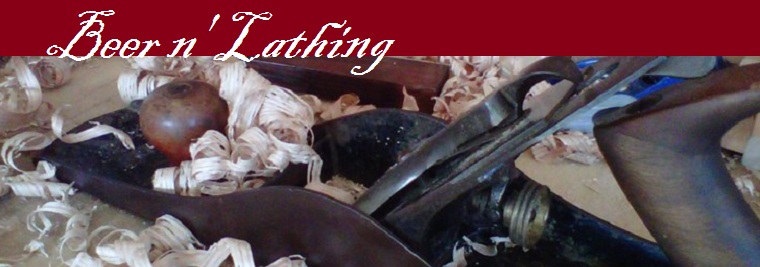I've accomplished many things in the last couple of months that are within the scope of this blog but for one reason or another I haven't taken the time to blog my entries. I am now going to attempt a short series of posts to catch myself up and stop feeling guilty. They will all be titled as "bullet posts" and may intermingle with regular posts when they come up. The first will explain how I fixed the TO shelf.
As my time in Abilene, Texas was coming to an end I had literally days to fix this shelf.
I figured the easiest way to fix this problem would be to simply cut the top off. In a situation with more time, I may have opted to rebuild, but time was not something I had. A well documented side effect of woodworking is learning how to recover from errors made, because they do happen and I had made a big one.
Unfortunately, cutting the top was not as simple as taking a chainsaw down a straight line. Since I used the top shelf to cut dadoes and glue the individual separators. I had to leave them intact in order to keep some of the unit's structural integrity...which would still be considerably strained after removing portions of the top.
I gauged the marking cuts as precisely as possible and first thought that I would leave a small section of overhang. (After my first test cut-out, I gave up this idea and moved on to making them all flush)
Using a 1/2" spade bit, I cut out the corners and used my jigsaw to cut the straight lines. (I didn't have the time to worry about feeling guilty when using the power tools. Even the most stubborn galoot must make sacrifices when time becomes a factor)
After all the individual sections were cut out, I used a rasp to flush the cuts even further. Then used a Dremel tool to round the edges. This technique was not precise by any means, and left a little more 'character' in the piece than I would have preferred. (I also had to re-glue a piece that had broken off during the jigsaw usage.)
After sanding even more, I added a layer of primer and paint, put some new rubber feet on it and delivered it to the new Section Supervisor.
The next post will focus on the back steps I quickly fashioned for a neighbor prior to leaving Abilene.








